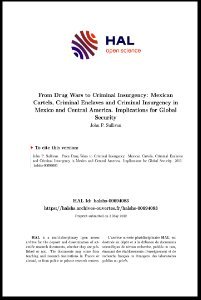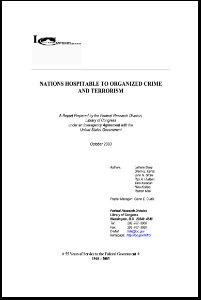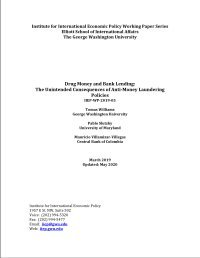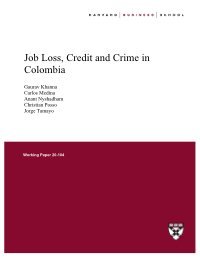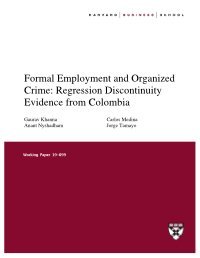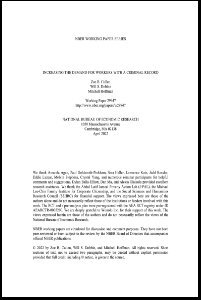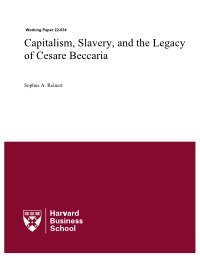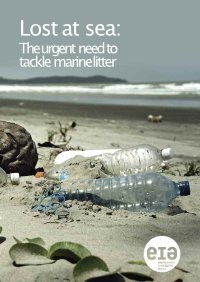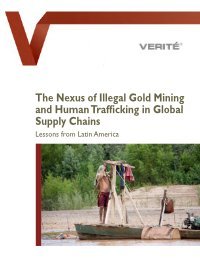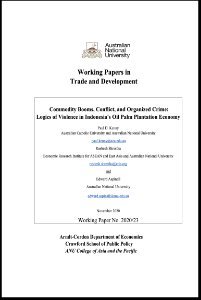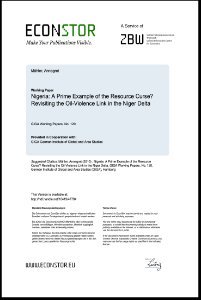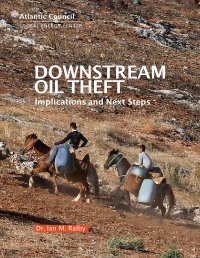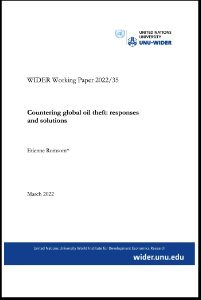By Julian Rademeyer
The rhino population is nearing the ‘tipping point’ where the numbers of rhino deaths could outnumber births, critically reducing the ability of the population to sustain itself. In the first part of this two-part series, “Tipping Point: Transnational crime and the ‘war’ on poaching,” the Global Initiative brought together evidence that the impact of rampant poaching and deeply entrenched transnational criminal networks active in Southern Africa over the past decade has been severe. Driven by seemingly insatiable demand in Southeast Asia and China, rhino horn has become a black market commodity rivalling gold and platinum in value. Six thousand rhinos have fallen to poachers’ bullets in Africa over the past decade.1 Dozens more have been shot in so-called “pseudo-hunts” in South Africa. Today there are estimated to be about 25,000 rhino left in Africa, a fraction of the tens of thousands that existed just half-a-century ago. Numbers of white rhinos (Ceratotherium simum) have begun to stagnate and decline, with 2015 population figures estimated at between 19,666 and 21,085. While the numbers of more critically endangered black rhino (Diceros bicornis) - estimated to number between 5,040 and 5,458 – have increased, population growth rates have fallen.2 Since 2008, incidents of rhino poaching have increased at a staggering rate. In 2015, 1,342 rhinos were killed for their horns across seven African range states, compared to just 262 in the early stages of the current crisis in 2008. While the vast majority of poaching incidents occurred in South Africa, home to about 79% of the continent’s last remaining rhinos, dramatic spikes in poaching in Namibia and Zimbabwe, two key black rhino range states, have counteracted the growing efforts of conservationists and the South African government to protect their remaining herd. Namibia, which had experienced little to no poaching from 2006 to 2012 saw incidents increase from four in 2013 to 30 in 2014 and 90 in 20153 . In Zimbabwe, 51 rhinos were killed, up from twenty in 2014. It was the country’s worst year on record since 2008, when 164 rhinos were lost to poachers.
Geneva: Global Initiative Against Organized Crime, 2016. 44p.


